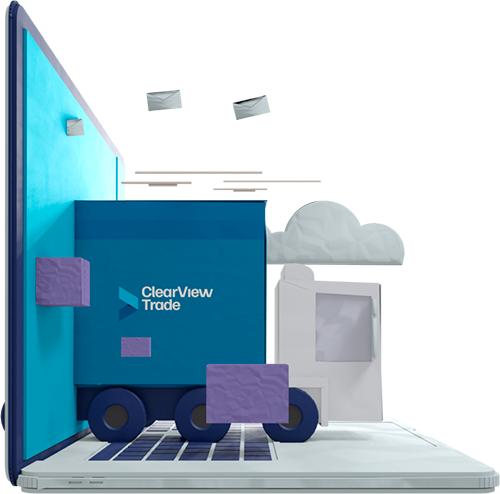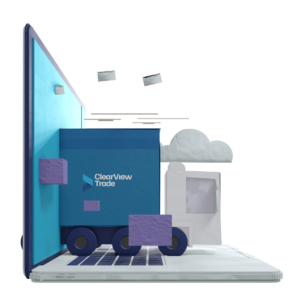EMCS
EMCS is a system that you need to use when moving alcohol, tobacco and certain petroleum products within EU borders.

EMCS and when to use it
EMCS stands for “Excise Movement and Control System” and must be used when selling and moving goods with special excise duties within the EU:
- Beer
- ‘Wine and similar products such as fortified wines (port, sherry, etc.)
- Spirits
- Tobacco products such as cigarettes, cigars, pipe and cigarette tobacco
- Mineral oils such as petrol and diesel oil
See the EU overview of products covered by EMCS: SEED – Excise Product (europa.eu)
Not all goods containing alcohol are covered by EMCS, as denatured alcohol is exempt from EMCS. Similarly, smaller EU producers are exempt from EMCS, here your supplier must submit a simplified accompanying document (E.A.1.8.2.8 Small wine producers in the EU – Skat.dk)
When should you not use EMCS?
You do not need to use EMCS when it comes to:
- Sales between businesses in Denmark, unless the transport is via another EU country
- Sales and transport directly from Denmark to a third country outside the EU
- Purchase and receipt directly from a third country to Denmark
- Sales and transport to EFTA countries (Iceland, Norway, Switzerland and Liechtenstein) via another EU country. However, this requires that the goods are so-called T1 goods (not freely tradable). Read more about T1 goods here: A.15.1.1 Begreber og regelsæt – Skat.dk
- Purchases from small wine producers in the EU (production of less than 1,000 hectolitres of wine per year).
- Carburettor fluid and certain lubricating oil products according to the Mineral Oil Tax Act (CN code 2710.19.71 – 2710.19.99).
Read more here: A.1.8.2.9 Karburatorvæske, additiver og tilsætningsstoffer samt visse smøreolieprodukter efter mineralolieafgiftsloven – Skat.dk
How does EMCS work?
You can only send goods to authorised consignees via the EMCS system.
All authorised consignees are registered with their excise number in a common database, SEED (System for Exchange of Excise Data). You can search the SEED database and verify an excise number and the types of goods the consignee is authorised to receive: HARPUN – Bekræftelse af afgiftsregistrering (europa.eu)
The exporter must create an electronic accompanying document in EMCS
As a seller, you must create a so-called electronic accompanying document in EMCS. You can do this via SKAT’s online system or via the Traid platform, which has an integration to SKAT’s EMCS system. This allows you to reuse your data, saving you from having to make manual entries.
The importer must acknowledge receipt
Importers/goods recipients must acknowledge receipt of the goods in EMCS no later than five working days after the goods have been received. This is a prerequisite for the EMCS shipment to be closed. If you have a customs warehouse, the goods must be reported and tax paid when they are put into use or sold on to a consumer.
Save time when accessing EMCS directly on the Traid platform
You don’t have to open the EMCS system every time you need to make a declaration when you use our platform. You also save a lot of time when filling out the EMCS document when you create it on the platform. This is because our EMCS module can ensure that the document is filled in automatically.
This way, you avoid filling in data manually, minimising the risk of silly typing errors.
Here are a few examples of the benefits of digitising your workflow:
- Via an integration, you can transfer order or invoice data and the items will be created in EMCS. Our platform automatically sorts out items that do not need to be reported to EMCS
- When you also use our platform to create transport documents and bookings, the ARC number incl. barcode can be printed on your CMR waybills. This eliminates the need to print EMCS documents.
Overall, there are huge amounts of time and money to be saved when you consolidate your entire workflow on the Traid platform. You can have your documents and certificates filled in automatically, and you can also book all your transport, handle customs and much more.
Guide to EMCS in the platform
We have created a guide that shows you how to access the system from the Traid platform. You can visit the guide her.
Discover other certificates
Book a free demo of the digital platform
Experience all the benefits of the Traid-platform. You will be covered with all relevant certificates and documents + transport booking and – not least – with EMCS.
The demo is a guided- and energetic online tour that takes about 30 minutes. Look forward to a tool that digitizes and automates your export workflows.
